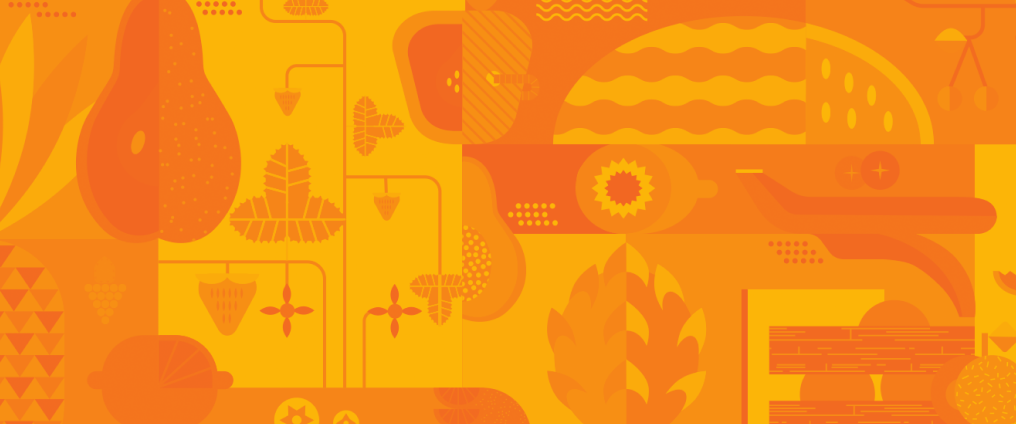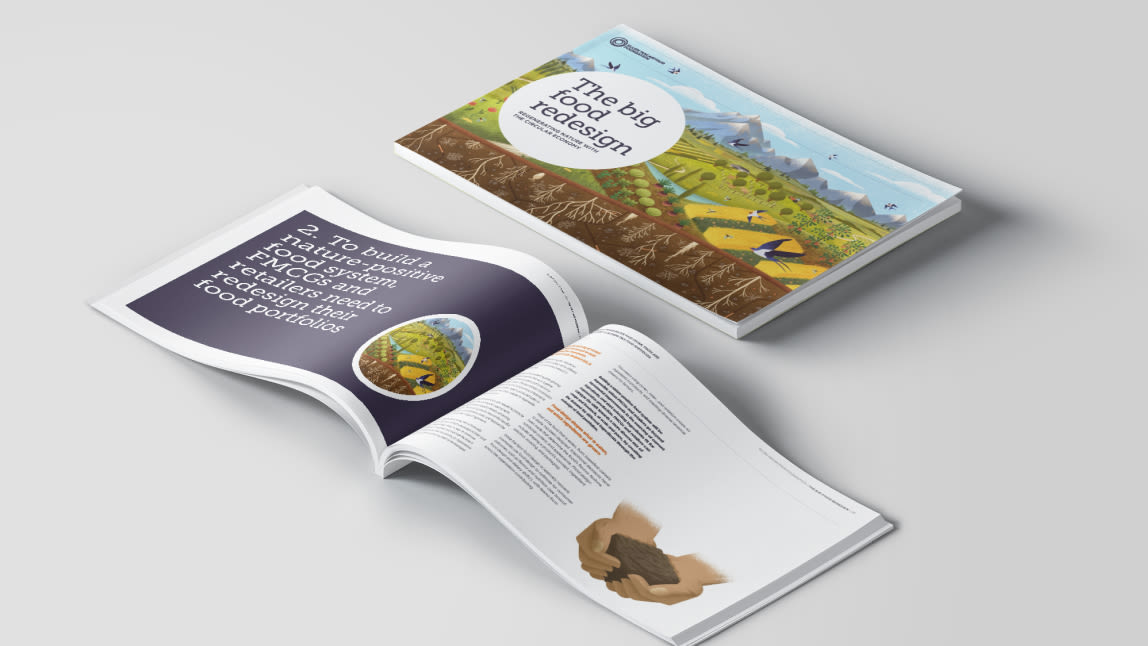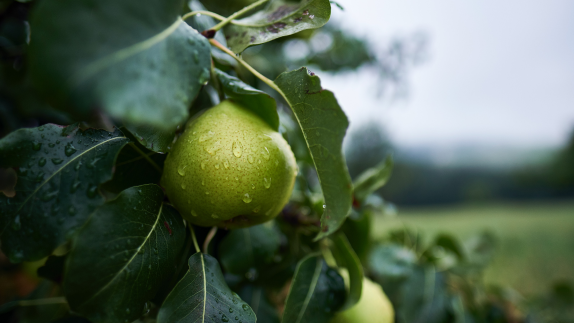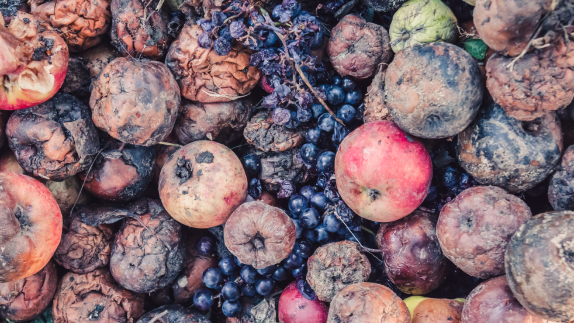How tomorrow’s food will be grown: In a circular economycircular economyA systems solution framework that tackles global challenges like climate change, biodiversity loss, waste, and pollution. It is based on three principles, driven by design: eliminate waste and pollution, circulate products and materials (at their highest value), and regenerate nature. for food, the very act of growing food would regenerate nature and, in doing so, tackle climate change and boost biodiversity. Natural systems are inherently regenerative.
But what might this look like in reality? What will be the role of technology and urban-rural relationships in achieving these visions? We hear from three experts and practitioners who will share their visions for a regenerative food system.
Returning nutrients to the land: Imagine a future where we start to realise the value in things that are either being thrown away or are not sufficiently valorised today - the implications of this are huge. In a food system context, discarded organic materials would no longer be a public nuisance, an expense or a health or environmental hazard, but instead their inherent value would be recognised, and the things that are wasted today could become inputs to a thriving economy for food. After preventing edible food waste and designing new food products, by-products would become valuable inputs to the wider economy - and nutrients would be returned safely to the land, the topic of this session.






